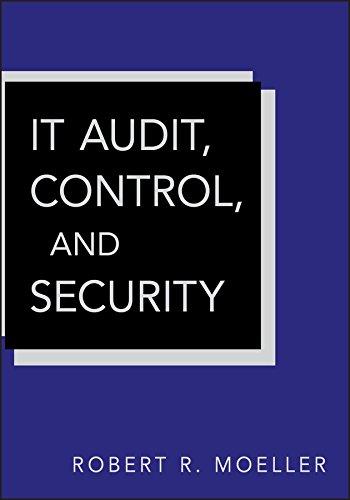Question
This case was produced by ACCA Global for class discussions & student learning. Rubber Co. manufactures computer panels for security alarms, a very profitable product.
This case was produced by ACCA Global for class discussions & student learning.
Rubber Co. manufactures computer panels for security alarms, a very profitable product. Every product comes with a one year warranty offering free repairs if any faults arise in this period. It currently produces and sells 80,000 units per annum, with production of them being restricted by the short supply of labour. Each control panel includes two main components one K and one D. At present, Rubber Co. manufactures both of these components in-house. However, the company is currently considering outsourcing the production of K and D. A newly established company based in Pakisan is keen to secure a place in the market, and has offered to supply the K for the equivalent of $4.10 per unit and the D for the equivalent of $4.30 per unit. This price has been guaranteed for two years.
The current total annual costs of producing the keypads and the display screens are: K D Production 80,000 units 80,000 units $000 $000 Direct materials 160 116 Direct labour 40 60 Heat and power costs 64 88 Machine costs 26 30 Depreciation and insurance costs 84 96 Total annual production costs 374 390
Notes: (i) Materials costs for K are expected to increase by 5% in six months time; materials costs for D are only expected to increase by 2%, but with immediate effect. (ii) Direct labour costs are purely variable and not expected to change over the next year. (iii) Heat and power costs include an apportionment of the general factory overhead for heat and power as well as the costs of heat and power directly used for the production of K and D. The general apportionment included is calculated using 50% of the direct labour cost for each component and would be incurred irrespective of whether the components are manufactured in-house or not.
(iv) Machine costs are semi-variable; the variable element relates to set-up costs, which are based upon the number of batches made. The K has fixed costs of $4,000 per annum and the D machine has fixed costs of $6,000 per annum. Whilst both components are currently made in batches of 500, this would need to change, with immediate effect, to batches of 400. (v) 60% of depreciation and insurance costs relate to an apportionment of the general factory depreciation and insurance costs; the remaining 40% is specific to the manufacture of K and D.
Required: (a) Advise Rubber Co. whether it should continue to manufacture the K and D in-house or whether it should outsource their manufacture to the supplier in Pakistan, assuming it continues to adopt a policy to limit manufacture and sales to 80,000 units in the coming year. (b) Rubber Co. takes 0.5 labour hours to produce a K and 0.75 labour hours to produce a D. Labour hours are restricted to 100,000 hours and labour is paid at $1 per hour. Rubber Co. wishes to increase its supply to 100,000 units (i.e. 100,000 each of K and D).
Advise Rubber Co. as to how many units of K and D they should either manufacture and/or outsource in order to minimise their costs.
(c) Discuss the non-financial factors that Rubber Co. should consider when making a decision about outsourcing the manufacture of its products.
Step by Step Solution
There are 3 Steps involved in it
Step: 1

Get Instant Access to Expert-Tailored Solutions
See step-by-step solutions with expert insights and AI powered tools for academic success
Step: 2

Step: 3

Ace Your Homework with AI
Get the answers you need in no time with our AI-driven, step-by-step assistance
Get Started


